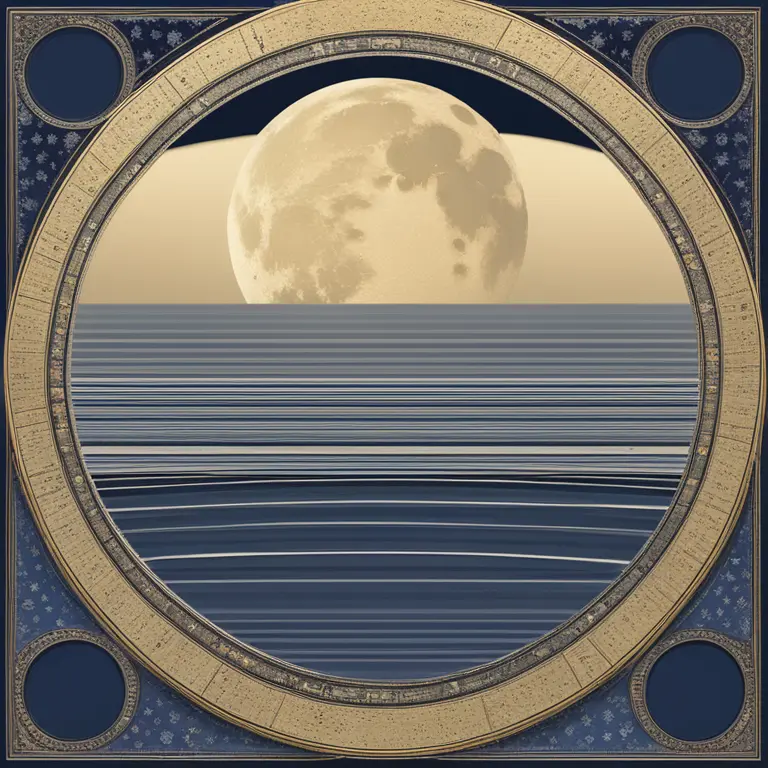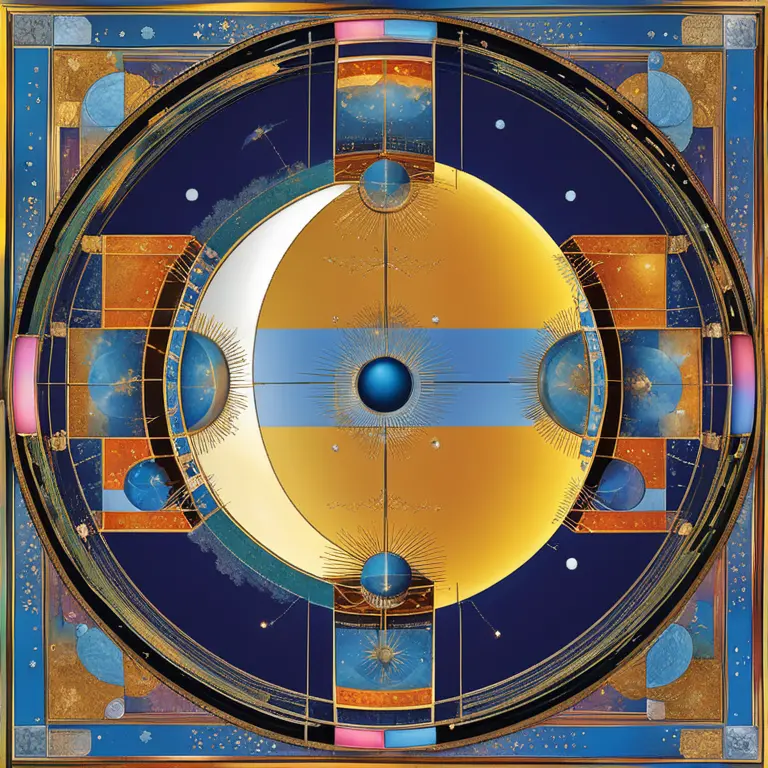
Are Moon Phases Universal?
Delve into the intriguing question of whether the moon phase is the same across all locations on our planet, and how this celestial phenomenon influences astrology and horoscopes.
article by Priya Deshmukh
Moon Phases: A Global Perspective
The Moon's dance around the Earth brings about the rhythmic lunar phases that have captivated humanity for millennia. You might wonder if the crescent visible in Paris is the same as the one adorning the skies of Sydney. Essentially, the Moon phase at any given moment is universal, but your location on Earth's surface determines the exact appearance and timing with which you perceive it. For example, observers in different longitudes will see the same phase, such as a Full Moon, at slightly different times due to time zone differences. However, the fundamental phase is globally consistent, following the Moon's consistent orbit around our planet.

Horoscopic Implications of Moon Phases
In astrology, the Moon's phase can significantly influence horoscopes and readings. A Full Moon in 2024, for instance, bears the same symbolic meaning worldwide: culmination and clarity. Despite the synchronicity of phases, astrological interpretations may vary based on cultural contexts and individual astrologers' perspectives. This can lead to distinct horoscope insights, even when the lunar backdrop is identical across the globe. Astrologers consider these emblematic lunar stages when drafting insights to ensure that forecasts resonate with people's lives, motivations, and personal growth, regardless of their location.

Time Zone Variations and Moon Observations
Although the Moon's phase is consistent globally, observing times differ by time zone. For instance, as a new day dawns in Tokyo, people might witness a Waning Crescent while it's still the previous day in Los Angeles, observing a slightly 'fuller' Waning Crescent. The difference is never more than a day, and soon Los Angeles catches up to Tokyo's viewing experience. This time-shifted observation is crucial for calculating horoscopes and astrological events that might hinge upon lunar phases, especially when forecasting specific moments for rituals, manifestations, or reflection.

Lunar Visibility and Hemispheric Differences
While the phase may be the same, the orientation and visibility of the Moon can vary based on your hemisphere. Observers in the Northern Hemisphere see the Moon inverted compared to those in the Southern Hemisphere. This means that the 'Man in the Moon', a visage many people associate with the Full Moon's craters and plains, appears to be standing on his head when viewed from south of the equator. Astrological interpretations typically transcend these visual differences, emphasizing the energetic and symbolic essence of lunar phases rather than their physical orientation.

Lunar Cycles and Biorhythms
The universal rhythm of the lunar cycle also plays a crucial role in theories related to human biorhythms and compatibility. Some believe that the Moon's gravitational pull, which influences the tides, might also affect human emotions and physical states. Therefore, a Full Moon's reputed ability to heighten emotions or mark shifts in energy is experienced simultaneously by people worldwide, potentially influencing interpersonal dynamics and compatibility readings. However, this remains a subject of debate and personal belief rather than scientific consensus.
Published: 1/19/2024
Modified: 1/19/2024
More predictions
Come back here soon to learn more about yourself and your future


Can Tarot Cards Forecast Timing Events?
Delving into the potential of tarot cards to predict timing, examining their symbolic language and the challenges in forecasting temporal outcomes.


The Ace of Wands Tarot Guide: Spark of Inspiration
Ignite your understanding of the Ace of Wands as it heralds potential, creativity, and breakthroughs in tarot readings for future guidance.


Tarot Cards vs Zodiac Horoscopes: A Comparative Guide
Discover the differences between tarot readings and zodiac horoscopes, two popular methods used to gain insights into our lives and futures.